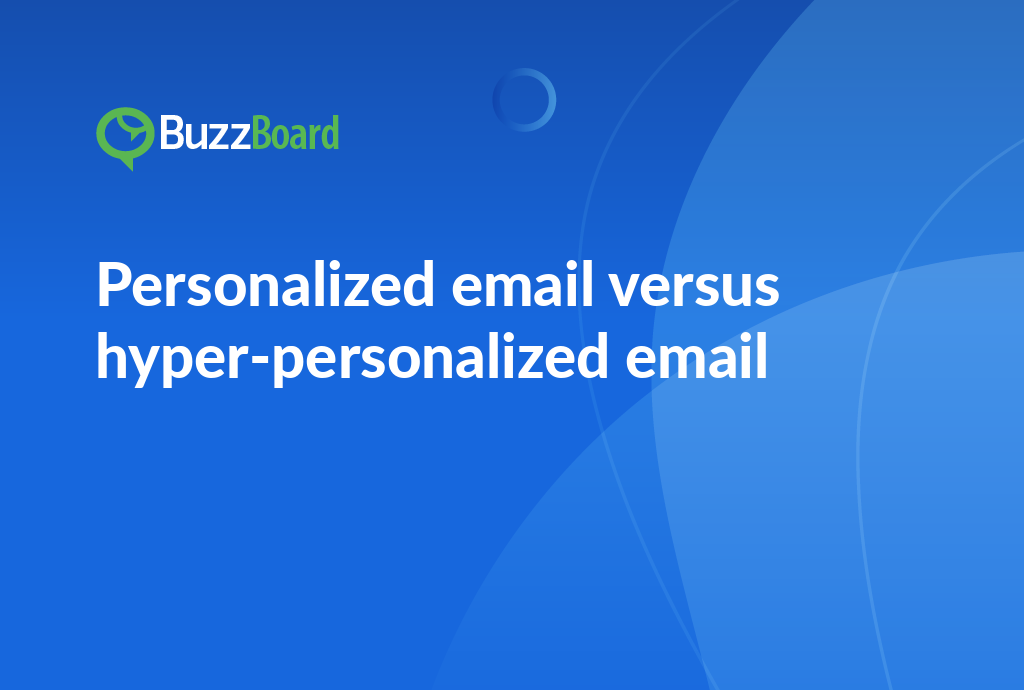Explore the Challenges and Best Practices When Onboarding New Digital Marketing Clients
The onboarding of new digital marketing clients can be a rewarding yet challenging task, often intertwined with integral aspects of establishing a client-agency relationship. One substantial hurdle involves understanding and effectively managing client expectations, which in the digital sphere, can be diverse and fast-paced. Sales representatives must have a firm understanding of project management to navigate this process smoothly.
A robust strategy for setting client expectations is to begin with specific goal setting. During the onboarding process, it’s critical to accurately interpret the small business’s objectives and understand how they align with the agency’s resources. Resource allocation strategies can expedite this process, assigning designated team members to the new client, enhancing personalized service and trust.
Effective communication is the keystone to a successful client-agency relationship. Selecting the right communication channels is an indispensable component of client onboarding. The channels chosen must align with the client’s preferences, facilitating prompt and clear interactions.
While onboarding new digital marketing clients can be challenging, it also presents an excellent opportunity. If executed successfully, it sets the stage for a fruitful client-agency relationship built on mutual understanding, effective project management, and clear communication. Focused efforts in these areas by sales representatives can lead to significant improvements.
Explain How Setting Clear Client Expectations and Goals Upfront Can Influence the Success of the Onboarding Process
The onboarding of new digital marketing clients is heavily influenced by clearly defined expectations and goals from the onset. Transparency established through robust communication channels helps prevent miscommunication, fostering a healthier brand-client relationship.
Project management is integral to this process. A well-outlined project scope enables efficient resource allocation and provides a roadmap for both the agency and the client. This blueprint details project objectives, deliverables, timelines, and resources.
Setting goals is a cornerstone of this management process. A study by McKinsey & Company asserts that “clearly defining and communicating client expectations can result in a 20% increase in client satisfaction.” When clients grasp the set goals and their role in fulfillment, they transition from passive observers to active project contributors.
Nevertheless, merely setting goals is insufficient. It’s crucial to ensure these goals are measurable, achievable, relevant, and time-bound (SMART) – a strategy consistently endorsed by organizations like Google, as mentioned in the Harvard Business Review.
Effective communication is the cornerstone of successful client onboarding. Regular updates on project status and resource allocation keep everyone informed of the progress and any potential issues, promoting overall transparency.
In conclusion, for sales representatives at digital marketing agencies, setting clear client expectations and goals from the outset significantly influences the success of the onboarding process. Ensuring that each new client relationship is a successful partnership from the very start places your agency in a position for success, client satisfaction, and growth. For further mastery of this competency, refer to other resources.
Discuss the Role of Project Management in the Onboarding of New Clients in Digital Marketing Agencies
Project management plays a vital role when onboarding new digital marketing clients. It is key in handling client expectation management and goal setting, providing a strategic direction for resource allocation, ascertaining appropriate communication channels, and supervising task execution to meet client objectives.
As a new client comes on board, project management is instrumental in understanding their expectations, articulating a clear and coherent dialogue about their business goals, requirements, and possible obstacles. This conversation plays a crucial role in crafting a digital marketing strategy specifically designed for the client’s business, securing greater satisfaction and long-term client retention.
Setting goals is another critical element of client onboarding. Using updated tools and methodologies, project management aids in formulating realistic and measurable goals, outlining a step-by-step plan for digital marketing efforts.
Communication is crucial during onboarding and in managing the workflow. Project managers are charged with establishing relevant communication channels between digital marketing strategists, graphic designers, copywriters, and the client. This unified approach enhances collaboration and ensures prompt completion of tasks.
Additionally, resource allocation is proficiently managed by project management policies, aligning manpower, time, and budget optimally with the agreed-upon strategy and goals.
Analyze How Effective Communication Channels Are Paramount in Ensuring a Smooth Onboarding Process in Digital Marketing
Onboarding new digital marketing clients requires more than technical prowess; it also demands outstanding communication skills. A crucial element of effective onboarding is understanding client expectations.
The process of understanding expectations begins with goal setting. This requires an open and concise conversation about deliverables and time frames. Employing a project management system provides a visual depiction of how those goals will be achieved, offering clarity and laying the groundwork for mutual comprehension.
Communication methods are central to the onboarding process, closing the gap between digital marketing agencies and their clients. Embracing critical communication techniques, such as video conferencing and emails, promote seamless dialogue. Tools like Slack aid in efficient communication, particularly for rapid information exchange.
Another vital component of successful onboarding is resource allocation. It impacts project efficiency and contributes to a positive client experience. Getting the right resources allocated from the start ensures the agency can fulfill its commitment to the client, delivering the project on time and within budget.
A strong start comprising good communication channels, smart goal setting, and efficient resource allocation can make all the difference in the onboarding process for digital marketing clients.
Delve Into How Resource Allocation During the Onboarding Process Can Make or Break the Client-Agency Relationship
The onboarding stage of new digital marketing clients is critical, where your agency’s adept resource allocation can either spark a successful relationship or cause an early failure. When serving small and local businesses, it is crucial to meet client expectations through thoughtful goal setting, rigorous project management, and effective communication channels.
Initially, precisely outlining the scope of the digital marketing strategy provides a foundation for managing expectations. Reaching an understanding of attainable targets within the agreed timeline and budget helps to avoid confusion later. Simultaneously, this aids in aligning the required resources to fulfill each element of the proposed strategy.
Efficient project management is essential for maintaining the momentum of the implementation phase. Every project manager should comprehend their role in resource allocation, like staffing, budget, and tools, promptly and effectively. This not only assures tasks are completed on time but also demonstrates your agency’s dependability to your new client.
Keeping effective communication channels significantly enhances client satisfaction. Open discussions about progress and any changes concerning strategy mean clients can better understand resource usage. Regular updates build trust and allow quick feedback and, if necessary, swift revisions in the resource allocation plan.
In conclusion, skilled resource management during the onboarding process of digital marketing clients indicates your agency’s ability and dedication. Acknowledging this vital stage can steer your client-agency relationship toward long-term success.









